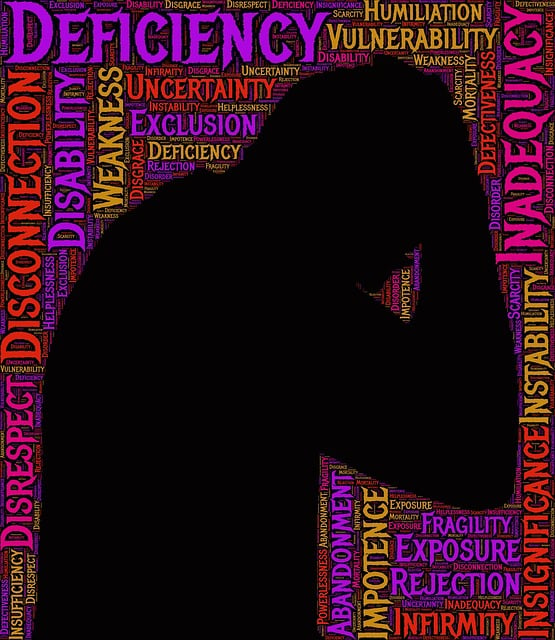Mental health professionals at Northglenn Abuse Survivors Therapy (NAST) prioritize risk management to safeguard both clients and themselves. They identify potential hazards, implement burnout prevention strategies, and ensure confidentiality while fostering a nurturing environment. Through staff training, protocols for handling disclosures, and supportive supervision, NAST equips practitioners with the tools to manage trauma-related challenges effectively. A comprehensive risk plan includes self-care practices, mindfulness, and cultural competency training, preventing burnout and creating an inclusive, safe space for diverse clients' healing journeys. Regular monitoring and feedback ensure strategies remain effective and personalized.
Mental health professionals are constantly navigating complex scenarios, making risk management planning crucial for effective client care. This article explores the essential components of risk assessment and mitigation strategies tailored for mental health settings, focusing on the unique challenges faced by Northglenn Abuse Survivors Therapy (NAST).
We’ll delve into identifying risks, developing robust plans, and implementing strategies that ensure the safety and well-being of clients, staff, and the broader community served by NAST.
- Understanding Risk Management in Mental Health Practice
- Identifying Potential Risks and Hazards at Northglenn Abuse Survivors Therapy
- Developing a Comprehensive Risk Management Plan
- Implementing and Monitoring the Plan for Effective Client Care
Understanding Risk Management in Mental Health Practice

Mental health professionals are often on the front lines when it comes to managing and mitigating risks associated with their practice. Risk management in this context involves a strategic approach to identifying, assessing, and addressing potential hazards that could impact clients’ well-being or the smooth operation of the therapy setting. This includes a comprehensive understanding of various risks, from ethical dilemmas and confidentiality breaches to staff burnout and client safety concerns.
At Northglenn Abuse Survivors Therapy, for instance, risk management is an integral part of delivering effective care. It requires professionals to be vigilant in their practice, ensuring they have robust systems in place to navigate complex situations. This involves staying updated with industry best practices, participating in mental health education programs designed to enhance risk assessment skills, and implementing self-care practices to prevent burnout. Effective risk management planning for mental health professionals is key to fostering a safe and nurturing environment where clients can heal and grow.
Identifying Potential Risks and Hazards at Northglenn Abuse Survivors Therapy

At Northglenn Abuse Survivors Therapy (NAST), identifying potential risks and hazards is a foundational step in risk management planning. The therapeutic environment can be emotionally intense, with clients often sharing deeply traumatic experiences. This inherently creates risks of secondary trauma for mental health professionals, necessitating robust burnout prevention strategies. Moreover, maintaining confidentiality while ensuring client safety presents a delicate balance that requires constant vigilance.
NAST acknowledges the importance of mental health awareness and confidence boosting among its practitioners. To mitigate risks, the organization employs proactive measures such as regular staff training on trauma-informed care, clear protocol for handling confidential disclosures, and supportive supervision sessions to encourage open discussions about personal boundaries and emotional well-being. These steps are crucial in fostering a resilient work environment where professionals can effectively support clients without compromising their own mental health.
Developing a Comprehensive Risk Management Plan

Developing a comprehensive risk management plan is an essential step for mental health professionals to safeguard themselves and their clients, especially in environments like Northglenn Abuse Survivors Therapy. This process involves identifying potential risks, assessing their likelihood and impact, and implementing strategies to mitigate those risks effectively.
A robust risk management plan should incorporate various elements tailored to the unique challenges of the healthcare setting. For instance, promoting self-care practices and mindfulness meditation can help professionals manage stress and prevent burnout, a significant risk factor in the mental health profession. Additionally, ensuring cultural competency training for healthcare providers is vital; it equips them to understand and address the diverse needs of their clients, fostering safer and more inclusive therapy environments.
Implementing and Monitoring the Plan for Effective Client Care

Implementing and monitoring a risk management plan is paramount for mental health professionals to ensure effective client care at Northglenn Abuse Survivors Therapy. Once tailored to individual needs, strategies should be put in place to regularly assess progress and adjust interventions as necessary. This proactive approach leverages tools like mindfulness meditation and stress reduction methods to foster resilience among clients, enhancing their overall well-being. By incorporating self-awareness exercises into the treatment plan, therapists can better identify potential risks early on, allowing for swift intervention and positive outcomes.
Regular monitoring involves scheduled check-ins, client feedback mechanisms, and reviewing treatment notes. These steps are crucial in gauging the effectiveness of the risk management strategies employed. Through ongoing assessment, professionals can adapt their methods, incorporating new techniques or refining existing ones to meet evolving client needs. This dynamic process ensures that the care provided remains tailored, effective, and responsive to each individual’s unique journey towards healing.
Mental health professionals, such as those at Northglenn Abuse Survivors Therapy, must prioritize risk management to ensure client safety and deliver effective care. By identifying potential risks, developing robust plans, and implementing ongoing monitoring, therapists can create a secure environment that promotes healing. A comprehensive risk management strategy is not just a best practice; it’s essential for navigating the complex challenges of mental health treatment, ultimately fostering better outcomes for clients.














